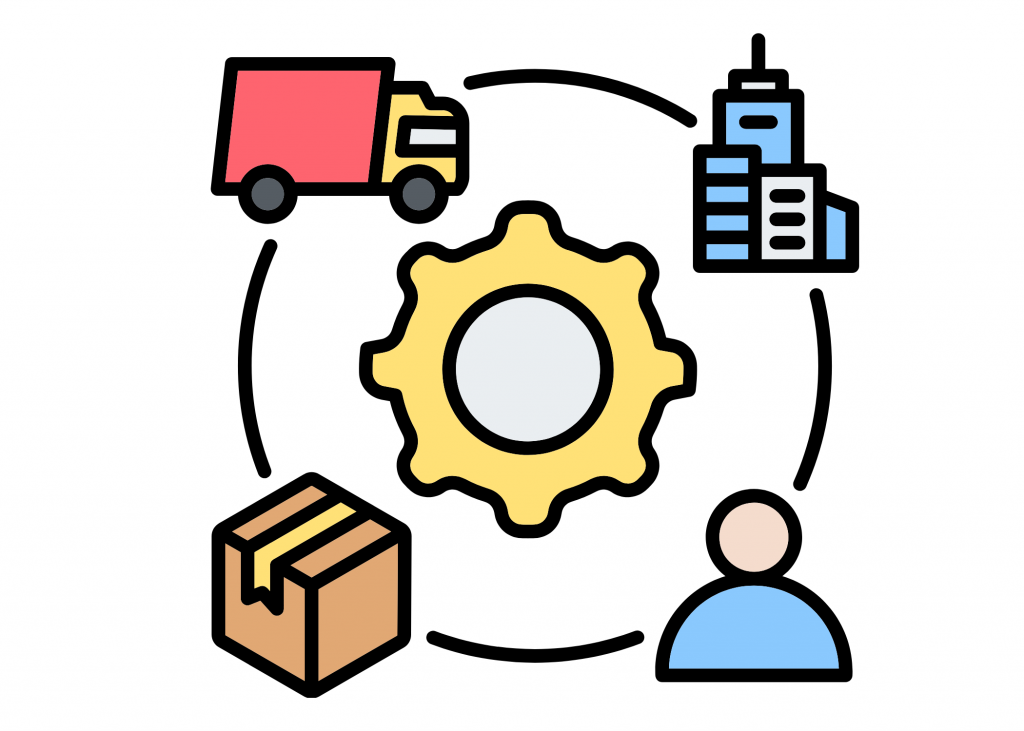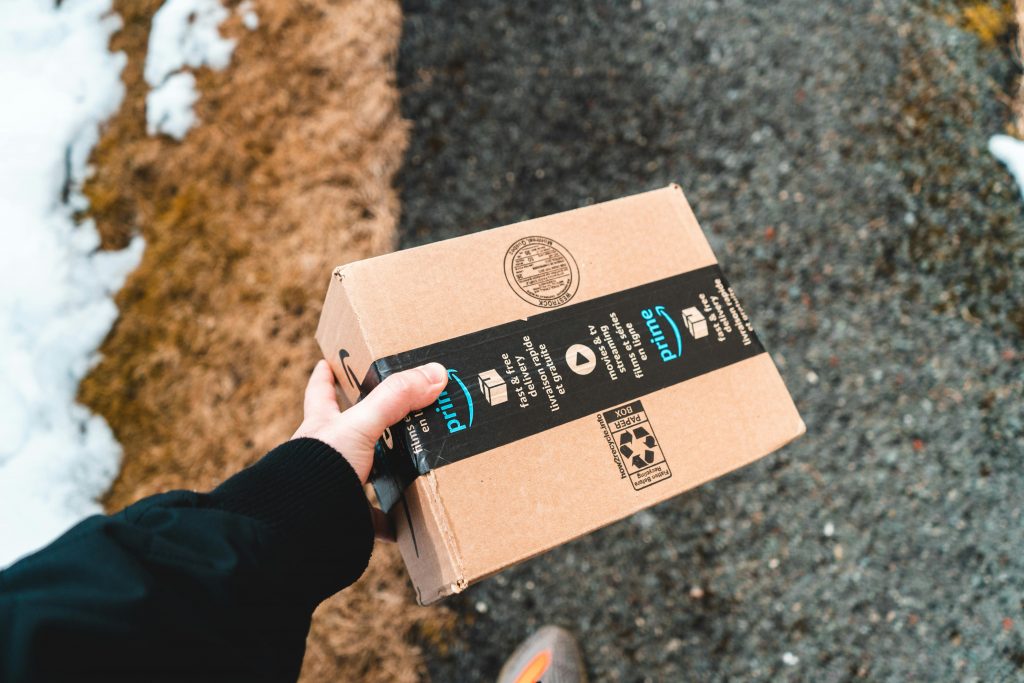
Why Omnichannel Supply Chain Isn’t Just a Competitive Advantage—It’s a Necessity
In today’s digital-first economy, consumers expect to buy anything, anytime, and anywhere—with seamless transitions between online and offline channels. This expectation has given rise to the omnichannel supply chain, a modern logistics model that integrates multiple sales and fulfillment channels into a unified, customer-centric ecosystem.
From eCommerce giants like Amazon to brick-and-mortar retailers like Walmart, businesses across industries are rethinking how products move from supplier to shelf—or doorstep—to create faster, more flexible, and consistent customer experiences. This post explores what an omnichannel supply chain is, why it matters, and the solutions businesses can adopt to master this increasingly vital model.
What Is an Omnichannel Supply Chain?
An omnichannel supply chain is a fully integrated network that connects inventory, order management, and fulfillment across all sales channels—online stores, physical outlets, social commerce, and marketplaces.
Unlike a multichannel strategy, where each channel operates independently, an omnichannel model ensures all systems communicate in real time. For instance, if a product sells online, the inventory count automatically updates across physical stores, distribution centers, and other digital marketplaces.
In other words, the omnichannel supply chain breaks down operational silos to deliver a consistent and connected customer experience across every touchpoint.
Why Omnichannel Supply Chains Matter
- Customer Expectations Are Rising
Shoppers no longer distinguish between “online” and “offline.” They expect to browse in-store, order online, and return anywhere. Retailers that can’t accommodate these expectations risk losing customers to more flexible competitors. - Faster Fulfillment Drives Loyalty
The rise of same-day and next-day delivery has made speed a defining competitive factor. Businesses that connect inventory across all channels can fulfill from the closest or most efficient location, reducing delivery times and costs. - Inventory Optimization
An integrated supply chain provides visibility into where every SKU is located—allowing companies to optimize stock allocation, reduce overstock, and minimize lost sales due to stockouts. - Cost Efficiency
By unifying systems, businesses can leverage shared data, streamline logistics, and improve forecasting accuracy—lowering operational costs while enhancing service quality.
Key Components of an Omnichannel Supply Chain
Building a successful omnichannel network involves several interdependent elements:
- Centralized Inventory Management:
Real-time visibility into stock levels across warehouses, stores, and suppliers. - Order Management System (OMS):
A centralized platform that determines the most efficient way to fulfill each order—whether from a store, warehouse, or third-party logistics partner. - Flexible Fulfillment Options:
Services like BOPIS (Buy Online, Pick Up In-Store), BORIS (Buy Online, Return In-Store), and ship-from-store that allow customers to choose how and when they receive orders. - Data Integration:
Unified data streams from POS systems, eCommerce platforms, WMS (Warehouse Management Systems), and CRM software ensure every department works from the same source of truth. - Reverse Logistics:
Efficient handling of returns, repairs, and exchanges is essential for maintaining customer trust and reducing costs.
Real-World Examples of Omnichannel Supply Chains
1. Walmart
Walmart is a leading example of an omnichannel transformation. By leveraging its extensive network of physical stores as mini distribution hubs, Walmart can fulfill online orders directly from nearby locations.
Customers can buy online and pick up at the store, return in person, or get same-day delivery via local fulfillment centers. Walmart’s integrated systems connect inventory across stores and digital platforms, minimizing out-of-stocks and ensuring rapid delivery.
Result: Faster fulfillment, reduced shipping costs, and improved customer satisfaction.
2. Nike
Nike has invested heavily in digital transformation to connect its direct-to-consumer (DTC) channels—mobile apps, website, and retail stores.
Its “Consumer Direct Acceleration” strategy integrates data from all channels, allowing personalized marketing, dynamic inventory allocation, and flexible fulfillment options.
Customers can reserve products online for in-store pickup, return anywhere, or receive doorstep delivery—all powered by real-time inventory visibility.
Result: A consistent brand experience and higher engagement across digital and physical platforms.
Solutions for Building an Omnichannel Supply Chain
Adopting an omnichannel model requires the right mix of technology, partnerships, and operational agility. Here are the key solutions driving success:
1. Unified Technology Platforms
Implementing integrated systems that connect ERP, OMS, WMS, and CRM software enables real-time data sharing and decision-making. Cloud-based platforms like Oracle NetSuite or Shopify Plus allow seamless synchronization across multiple channels.
2. Distributed Order Management (DOM)
A DOM system automatically chooses the optimal fulfillment source for each order based on proximity, inventory levels, and cost. This reduces delivery times and enhances the customer experience.
3. Real-Time Inventory Visibility
IoT sensors, RFID technology, and AI-driven demand forecasting allow businesses to track inventory movement and adjust dynamically. This visibility reduces excess stock and prevents backorders or delays.
4. Flexible Fulfillment Models
To meet diverse customer preferences, companies must offer multiple delivery and pickup options—such as:
- Buy Online, Pick Up In-Store (BOPIS)
- Ship-from-Store
- Same-Day Delivery via local hubs
- Locker or curbside pickups
These models improve convenience and reduce last-mile logistics costs.
5. Strategic 3PL Partnerships
Third-party logistics providers (3PLs) specializing in omnichannel fulfillment offer integrated warehousing, inventory management, and last-mile delivery solutions.
Partnering with experienced 3PLs enables scalability and geographic expansion without heavy infrastructure investment.
6. Data Analytics and AI
AI-powered analytics tools can forecast demand, optimize replenishment, and personalize offers. Predictive analytics helps identify buying patterns, while machine learning models suggest the best fulfillment routes and inventory strategies.
7. Sustainable Logistics
Modern consumers value sustainability. Businesses are adopting eco-friendly practices like route optimization, carbon-neutral shipping, and recycled packaging to align with consumer expectations and regulatory standards.
Challenges in Omnichannel Supply Chains
While the benefits are immense, implementation can be complex. Common challenges include:
- Integrating legacy systems across departments
- Balancing speed with profitability
- Managing high return rates from online orders
- Ensuring real-time data accuracy across platforms
Addressing these issues requires investment in technology, process redesign, and cross-functional collaboration.
The Future of Omnichannel Supply Chains
As technologies like AI, automation, and predictive logistics evolve, omnichannel supply chains will become even more intelligent and responsive.
Future models will use data-driven insights to anticipate demand, automatically adjust inventory flows, and deliver hyper-personalized experiences.
Businesses that embrace this transformation today will not only meet customer expectations but also gain a decisive competitive edge in the years ahead.
The omnichannel supply chain is no longer a luxury—it’s a necessity. Customers demand convenience, speed, and consistency, and only an integrated, data-driven approach can deliver it. By leveraging technology, strategic partnerships, and flexible fulfillment models, companies can create a supply chain that’s not just efficient—but truly customer-centric. In the age of instant gratification, the winners will be those who connect every channel, optimize every step, and deliver every promise—on time, every time.





